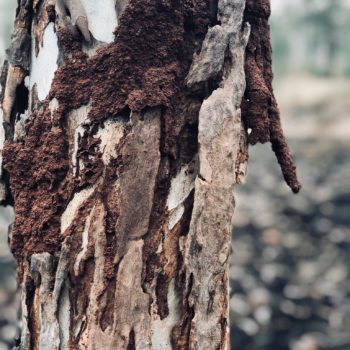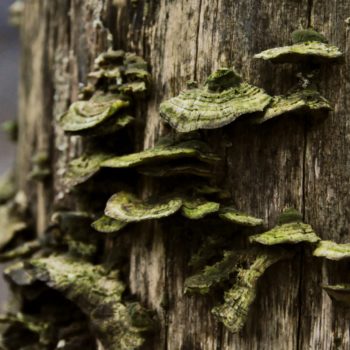If a tree falls in the city and dozens of people are around to hear it does it make a sound? You bet it does and sometimes it sounds like “lawsuit.” One of the most important differences between trees in urban environments and those in nature is that when a branch or tree fails in a city it can fall on something or – God forbid – someone.
This danger is a great reason to make risk assessments part of your property’s prescribed tree maintenance plan, in addition to trimming dead (and sometimes a specified amount of live) material out of tree canopies, removal of dead and dangerous trees or limbs, and plant health care to combat pests and diseases.
What is a risk assessment?


The purpose of a risk assessment is to establish the level of risk a particular tree poses to a site. To do this, the arborist begins by assessing the health of the tree and the likelihood that it will experience a branch or total failure. Secondly, the arborist assesses the severity and potential cost of damage should a failure occur, whether that damage be to buildings, landscape, vehicles or people.
It is the combination of these two factors (likelihood of failure and potential damage) that produce the assigned level of risk. Therefore, if one of your trees is dead, leaning and looks like it’s going to fall over soon but it’s located in a fenced off slope where no infrastructure exists and to which people don’t have access, it may actually be a very low risk tree. Conversely, a living tree with signs of possible internal decay may receive a high risk rating if it is leaning slightly over a park bench or parking spot where people or property are more likely to be affected in a failure.

A client who decides to have a risk assessment performed will receive a detailed analysis, in the form of a report with accompanying photographs, of the risk a given tree or trees pose to the property. Reports like this are invaluable when determining what to do with the tree and to show due diligence on the part of property owners and managers.
